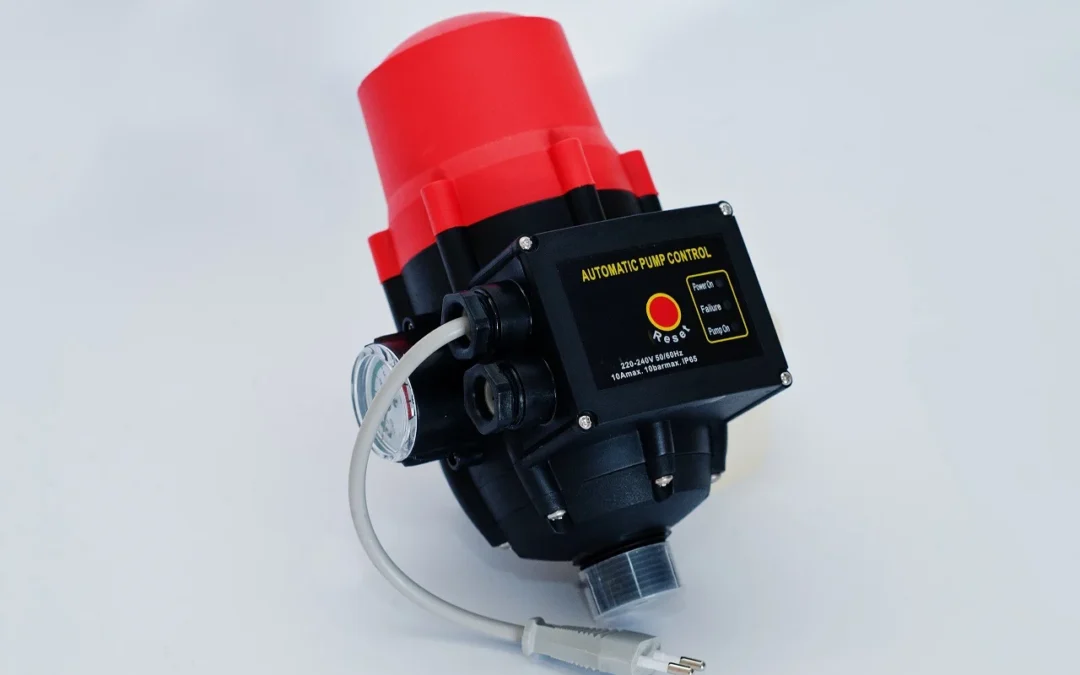In the world of submersible pumps, one size certainly does not fit all. Your choice needs to be based on your specific application. You might be draining a flooded basement, irrigating a farm, managing a construction site, or even maintaining a pond. In each scenario, the right pump can make a world of difference.
Choosing the right pump is not as simple as just picking the most powerful or the most expensive one. You’ve got to consider factors like flow rate, head, power, efficiency, and more, that’s why this guide is here to provide you with all the know-how you need to make an informed decision.
Critical Factors to Consider When Selecting a Submersible Pump
1. Flow Rate and Head Capacity
Flow rate and head capacity are crucial to consider when searching for the perfect submersible pump. The flow rate indicates the volume of fluid that the pump can move within a given time frame, typically measured in litres per minute (L/min) or gallons per minute (GPM).
The head capacity, on the other hand, refers to the vertical distance the pump can raise fluid against gravity, commonly measured in metres or feet. It’s essential to match the specifications of the pump to the requirements of your application, ensuring optimal performance and efficiency levels.
2. Material of Construction
The materials used in the construction of a submersible pump play a vital role in determining its overall durability, corrosion resistance, and chemical compatibility. Commonly used materials include stainless steel, cast iron, and plastic, each with its advantages and specific applications.
For example, stainless steel pumps offer superior corrosion resistance and are well-suited for applications involving aggressive fluids, while cast iron pumps are known for their sturdy construction and are commonly found in sewage and wastewater systems.
3. Power Consumption
Submersible pumps rely on electric motors to function, converting electrical energy into mechanical energy to move the fluid. Thus, it’s essential to determine the power requirements of the pump and match them to the available power sources.
Consider the voltage, phase, and frequency ratings of both the pump and the power source to ensure compatibility. Additionally, it’s worth evaluating the pump’s energy efficiency to minimise energy costs and the environmental impact associated with its operation.
4. Maintenance and Repair Requirements
When investing in a submersible pump, it’s vital to consider the ease of maintenance and repair. Opt for pumps with accessible components and modular designs, allowing for effortless parts replacement and servicing. Furthermore, consider the availability of spare parts, ensuring that you can quickly source any necessary components in case of defects or damage.
Submersible Pump Applications and Recommendations
1. Domestic Sump Pumps
Domestic sump pumps are designed for draining excess water from basements, cellars, or other low-lying areas in residential properties. These pumps typically feature a compact design, automatic float switch, and moderate flow rates and head capacities. For most domestic sump pump applications, we recommend opting for a submersible pump constructed from stainless steel or plastic, offering a balance between corrosion resistance, durability, and affordability.
2. Sewage and Wastewater Pumps
Submersible sewage and wastewater pumps are specifically designed to handle solid-laden fluids, such as raw sewage and industrial effluent. These pumps are constructed from robust materials, such as cast iron or stainless steel, and feature a vortex impeller to facilitate the passage of solids through the pump.
For sewage and wastewater applications, our recommendation is to go for a high-quality pump with durable construction and a suitable solids-handling capacity to enable efficient fluid transportation.
3. Industrial Fluid Handling Pumps
Industrial fluid handling applications often involve a variety of fluids, including oils, chemicals, and slurries. For these demanding applications, we suggest considering a submersible pump with corrosion-resistant materials and versatile sealing options, ensuring that the pump can withstand the chemical properties of the fluid in question.
4. Agricultural and Irrigation Pumps
Agricultural and irrigation applications may require submersible pumps for handling water from wells, ponds, or other sources to irrigate crops or supply water to livestock. In these applications, a pump with a high flow rate and head capacity, along with a reliable and energy-efficient motor, is essential. We recommend selecting a submersible pump with robust construction and corrosion-resistant components, ensuring a long service life and dependable performance.
Understanding the Basics of Choosing a Submersible Pump
Choosing the right submersible pump for your specific application is an important decision that requires careful consideration of various factors, such as flow rate, head capacity, materials of construction, and intended use. By understanding the unique needs of your application and evaluating the critical aspects of submersible pump selection, you can make an informed choice that will result in an efficient, reliable, and long-lasting investment.
If you require assistance in finding the perfect submersible pump in the UK for your needs, our team at A&C Pumps Ltd is here to offer guidance and support throughout the entire process. With our knowledge and experience, we can help you navigate the complexities of submersible pump selection, ensuring that you invest in the best solution tailored to your individual requirements.

